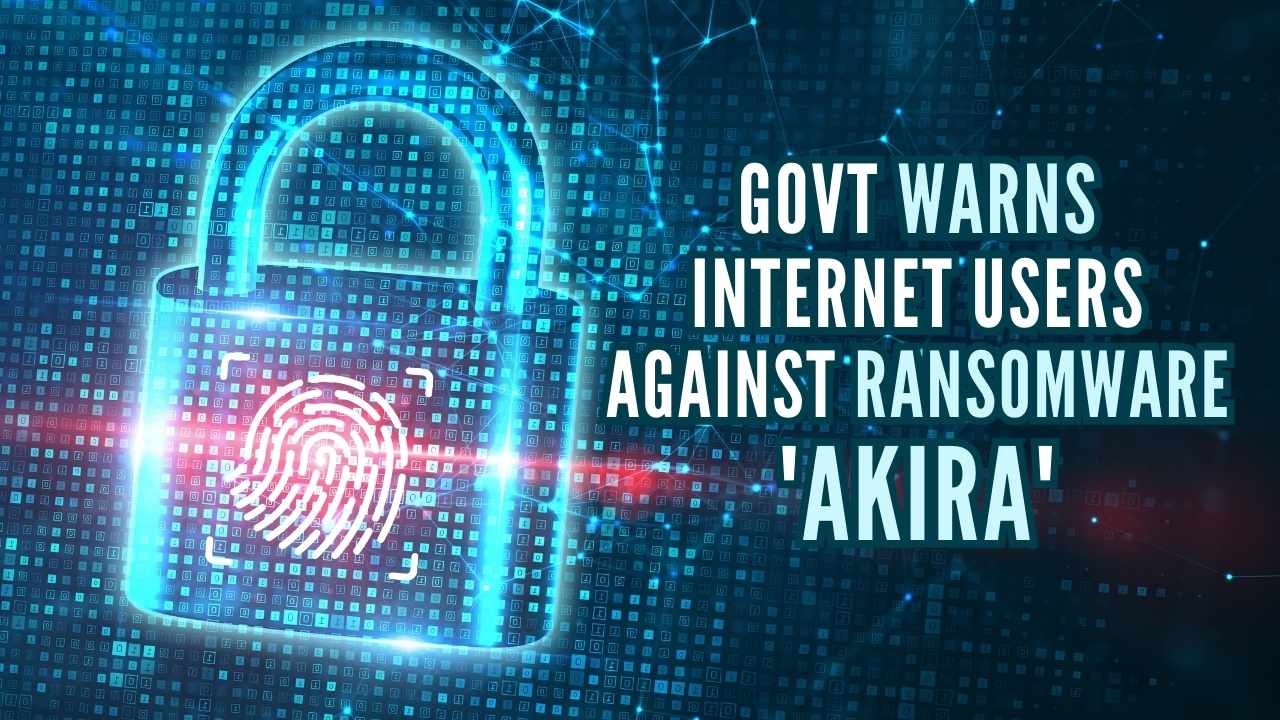Free Courses Sale ends Soon, Get It Now


Free Courses Sale ends Soon, Get It Now



Disclaimer: Copyright infringement not intended.
Context
READ:
MALWARE AND ITS TYPES: https://www.iasgyan.in/blogs/malwares-and-its-types
Akira Ransomware
About
|
Ransomware Ransomware encrypts files or devices and forces victims to pay a ransom in exchange for re-entry. While ransomware and malware are often used synonymously, ransomware is a specific form of malware. There are four main types of ransomware: 1.Locker ransomware completely locks users out of their devices. 2.Crypto ransomware encrypts all or some files on a device. 3.Double extortion ransomware encrypts and exports users' files. This way, attackers can receive payment from the ransom and/or the selling of the stolen data. 4.Ransomware as a service enables affiliates, or customers, to rent ransomware. A percentage of each ransom is paid to the ransomware developer. |
Victims
The name- Akira
Working
READ:
MALWARE AND ITS TYPES:
https://www.iasgyan.in/blogs/malwares-and-its-types
ARTICLES ON CYBERSECURITY:
https://www.iasgyan.in/daily-current-affairs/cyber-security-13
https://www.iasgyan.in/daily-current-affairs/cybersecurity-43-29
NATIONAL CYBER SECURITY STRATEGY:
https://iasgyan.in/daily-current-affairs/national-cyber-security-strategy
DELHI DECLARATION ON CYBER SECURITY:
https://www.iasgyan.in/daily-current-affairs/delhi-declaration-on-cybersecurity
DDOS ATTACK:
https://www.iasgyan.in/daily-current-affairs/distributed-denial-of-service-ddos-attack
|
Indian Computer Emergency Response Team (CERT-IN)
|
|
PRACTICE QUESTION Q. India’s impressive progress in digitization is certainly revolutionizing how citizens and other State entities conduct their affairs. But the nation’s growing reliance on cyberspace has highlighted its promises and perils. India’s vulnerability in the cyber domain has, for a long, been recognized as a national security issue and hence India needs a National Cybersecurity Strategy. Justify. |
https://www.thehindu.com/sci-tech/technology/what-is-the-akira-ransomware/article67134462.ece
© 2024 iasgyan. All right reserved